
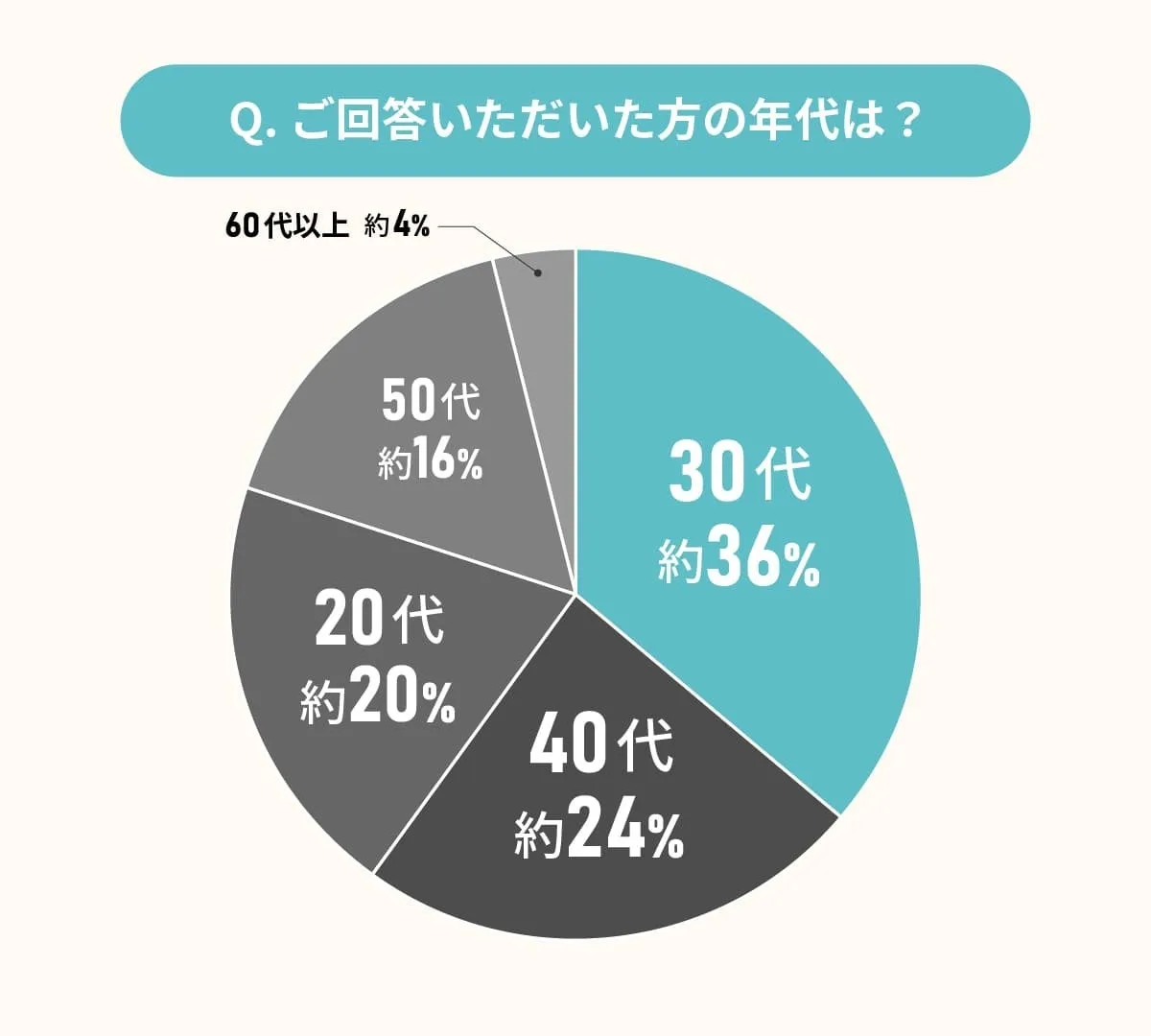
Understanding the Living Conditions in Ota Ward: Insights from 110 Residents
Exploring Satisfaction Levels in Ota Ward, Tokyo
Recently, a survey conducted by MEMOCO, a company headquartered in Shibuya, Tokyo, along with their partner Sumanara, sought to gauge the satisfaction levels of residents living in Ota Ward, one of Tokyo's unique districts. Ota Ward, known for its proximity to Haneda Airport and a mix of factories and residential areas, has distinct characteristics that impact its living conditions. This article unpacks the survey results gathered from 110 participants and dives deep into various factors affecting their living experience.
Overview of the Survey
The survey, conducted over a span of nearly three months from January 29 to April 17, 2025, targeted both men and women aged 20 and above. Out of the 110 respondents, males constituted approximately 38% while females made up 62%. The respondents' age demographic was diverse, with about 36% in their 30s and a minority aged 60 and above, highlighting a younger skew in the feedback.
Transportation Satisfaction
When it comes to transportation, Ota Ward received high satisfaction ratings, with approximately 85% of respondents expressing either strong or moderate satisfaction. Many appreciated the proximity to Haneda Airport and the convenience of multiple train lines, including JR and Keikyu. Residents also highlighted the ease of traveling to nearby cities like Kawasaki and to major hubs such as Shibuya and Tokyo. However, some felt inconvenienced by the necessity of transfers or noted that certain areas might lack sufficient access.
Overall Living Convenience
Regarding the overall ease of living, nearly 80% of respondents reported being satisfied. Many praised the abundance of local shopping opportunities with charming shopping streets and supermarkets nearby. The feedback indicated a general opinion that all essential needs could be met within walking distance. Yet, there were mentions of regions lacking supermarkets, leading to minor inconveniences.
Price and Cost of Living
On the subject of living costs, the survey revealed varied perspectives on pricing. About 58% of respondents expressed moderate satisfaction, while around 35% were not fully satisfied, highlighting the perception that while living costs are slightly elevated compared to rural areas, they remain manageable within the metropolitan context. Many residents praised local markets and smaller shops for offering reasonable prices despite some general upward trends in costs.
Commercial Facilities and Leisure
When evaluating commercial and recreational facilities in the area, about half reported being satisfied, mainly due to the nearby facilities in neighboring locales. However, a notable number expressed concerns regarding the lack of entertainment venues within Ota Ward itself, occasionally requiring trips to other districts for more options.
Safety and Security
The survey also delved into perceptions of safety. Results indicated that while slightly over 70% of respondents felt either very or somewhat secure, discrepancies were evident based on differing regions within the ward. Some neighborhoods were noted as more prone to disturbances, while others benefitted from a calmer environment.
Natural Disaster Preparedness
Another critical dimension involved concerns regarding natural disasters, particularly due to the proximity of the Tama River. Approximately 30% expressed dissatisfaction with the safety measures against potential floods or other environmental threats. Despite mixed opinions on the ward’s disaster preparedness, positivity was noted towards the ongoing dry-land management initiatives.
Summary and Recommendations
The Ota Ward survey findings reveal a multifaceted view of living conditions, reflecting high satisfaction rates in transport and shopping, juxtaposed against varying perceptions of safety and disaster preparedness. For residents and prospective movers, it suggests a thorough evaluation of living conditions tailored to individual lifestyle preferences—factoring in both costs and local amenities.
In conclusion, Ota Ward presents a unique balance of urban convenience and residential charm. The key for those considering a move lies in understanding specific neighborhoods, assessing both their lifestyle needs and individual experiences throughout the ward. By studying the survey results, residents can make well-informed decisions that align with their priorities, solidifying the essence of home in this vibrant part of Tokyo.
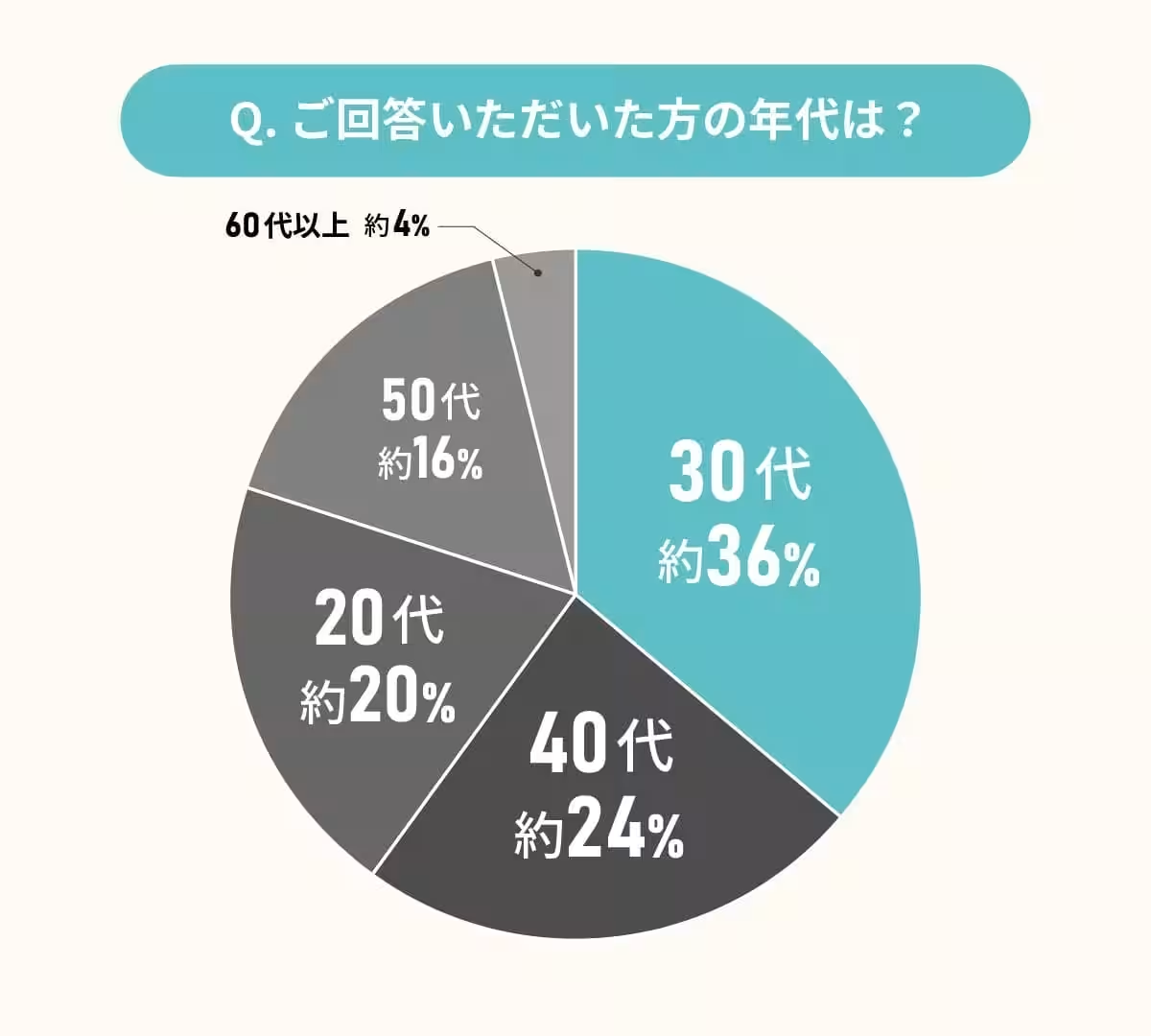
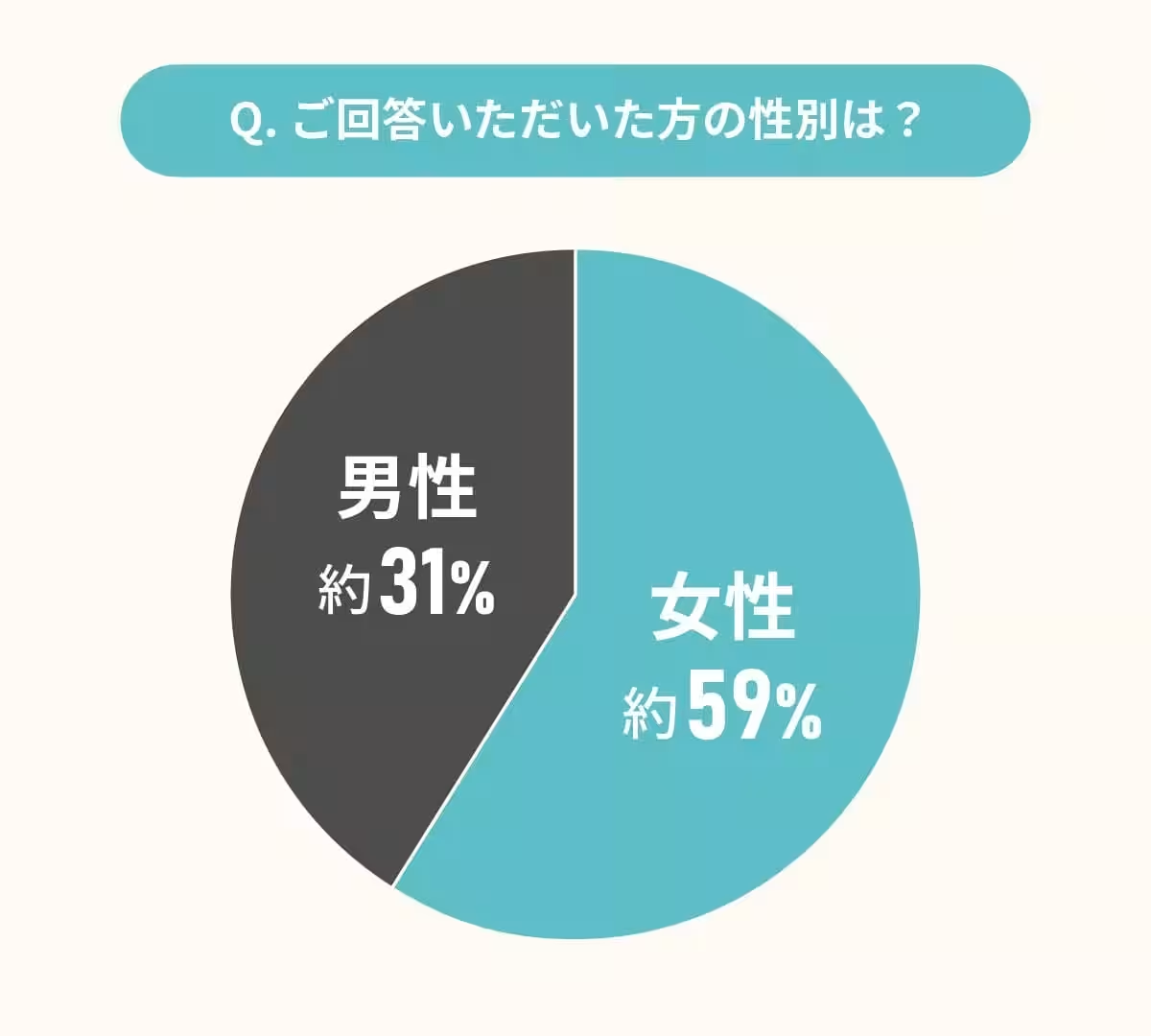
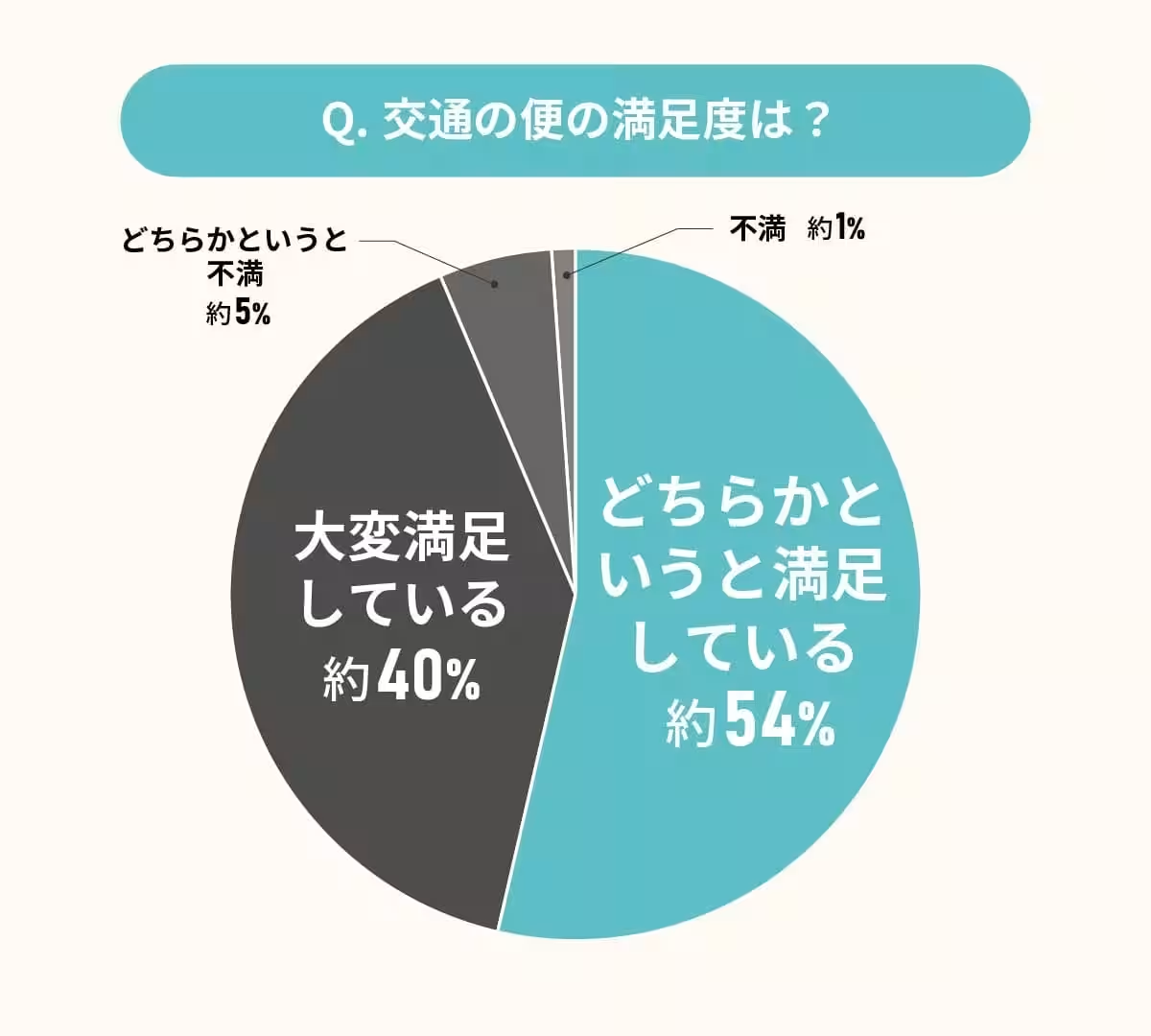
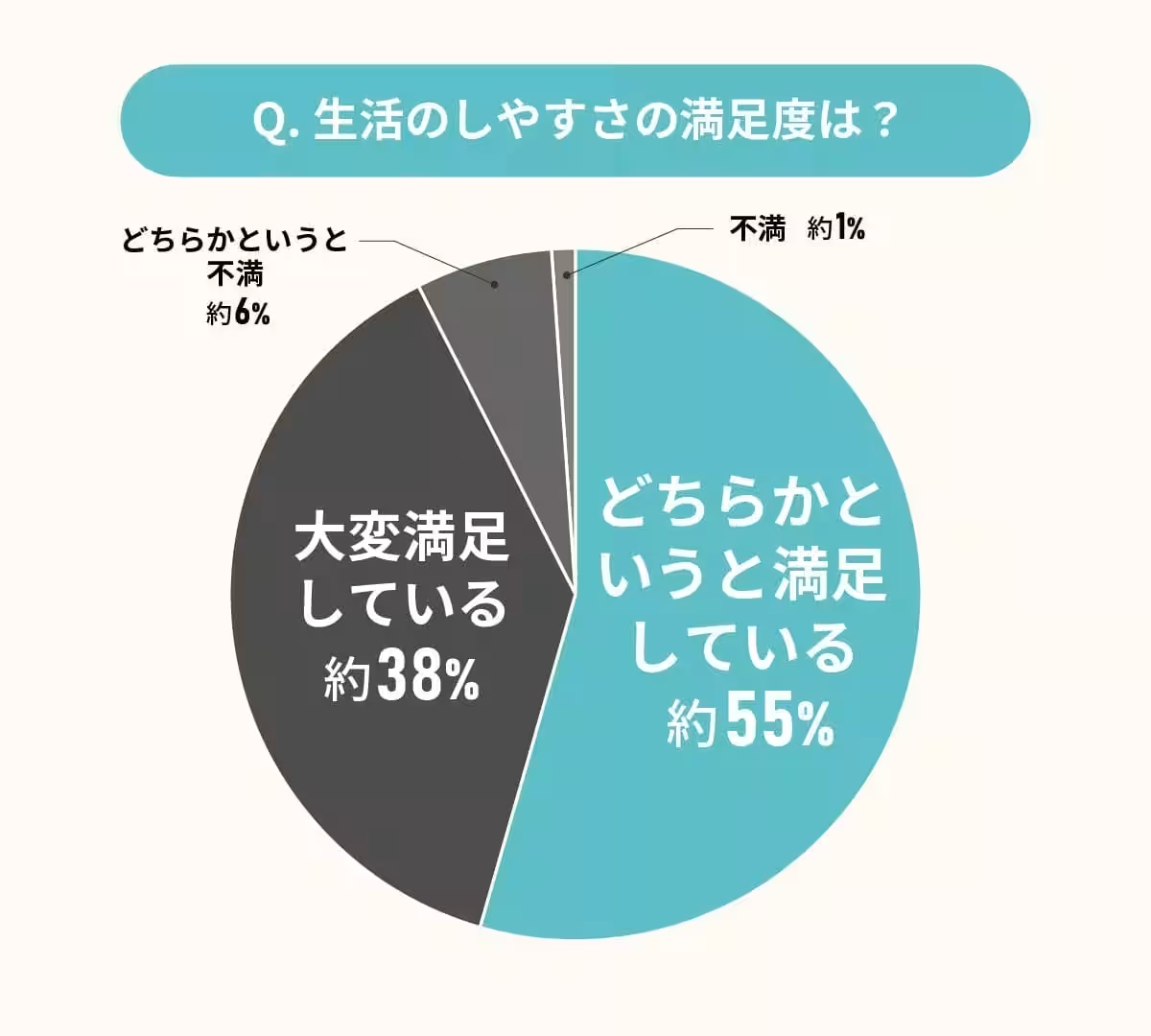
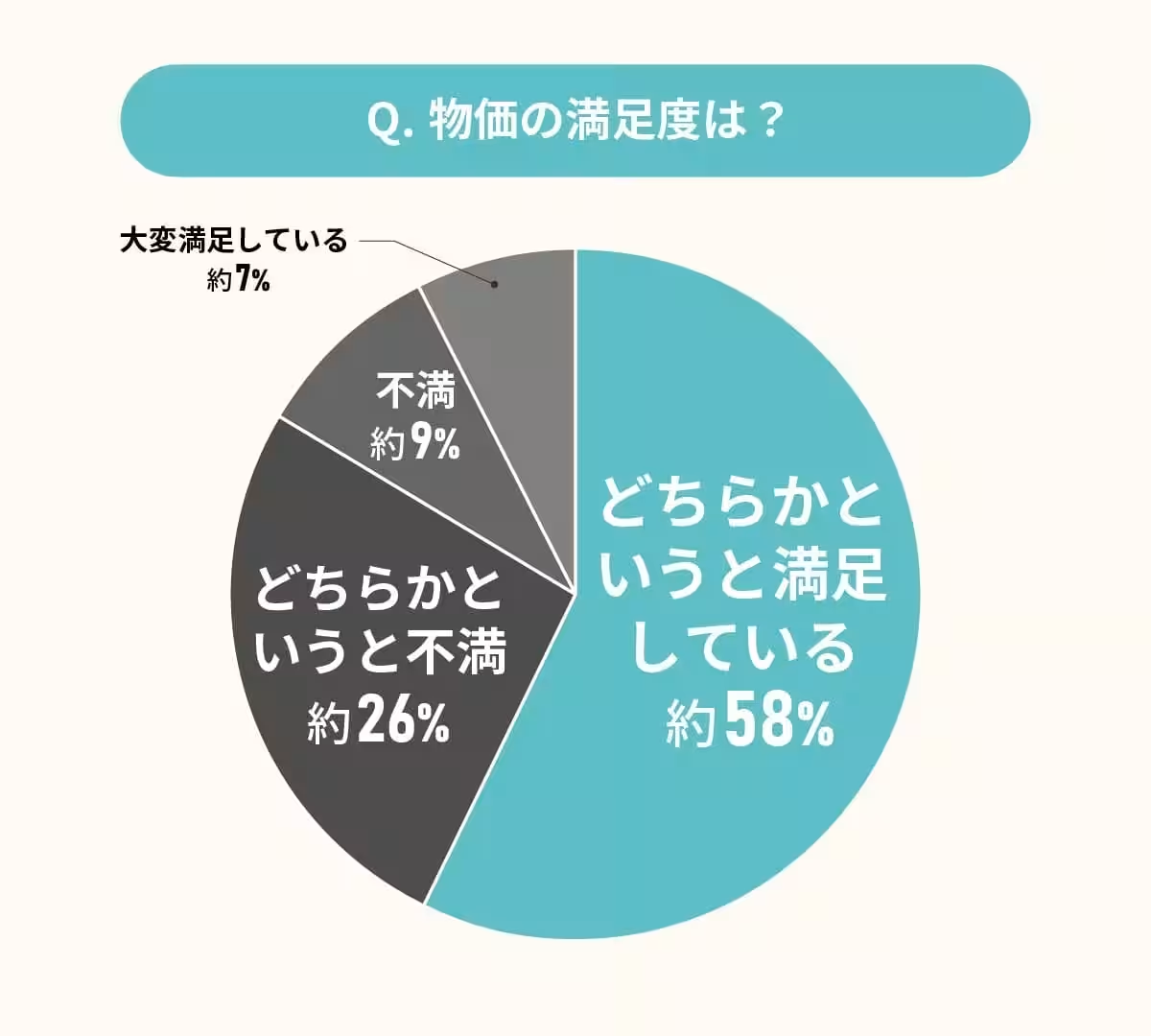
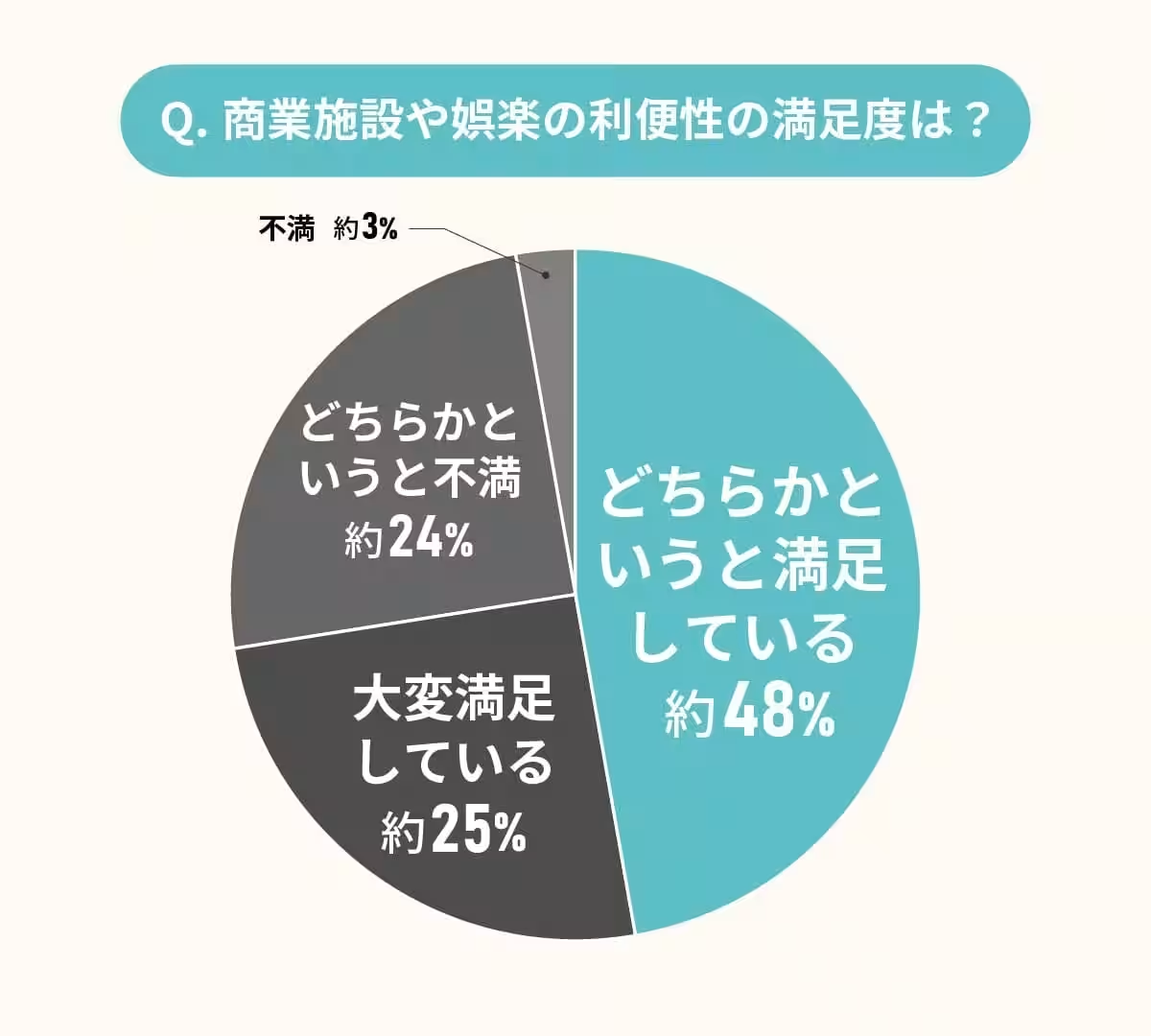
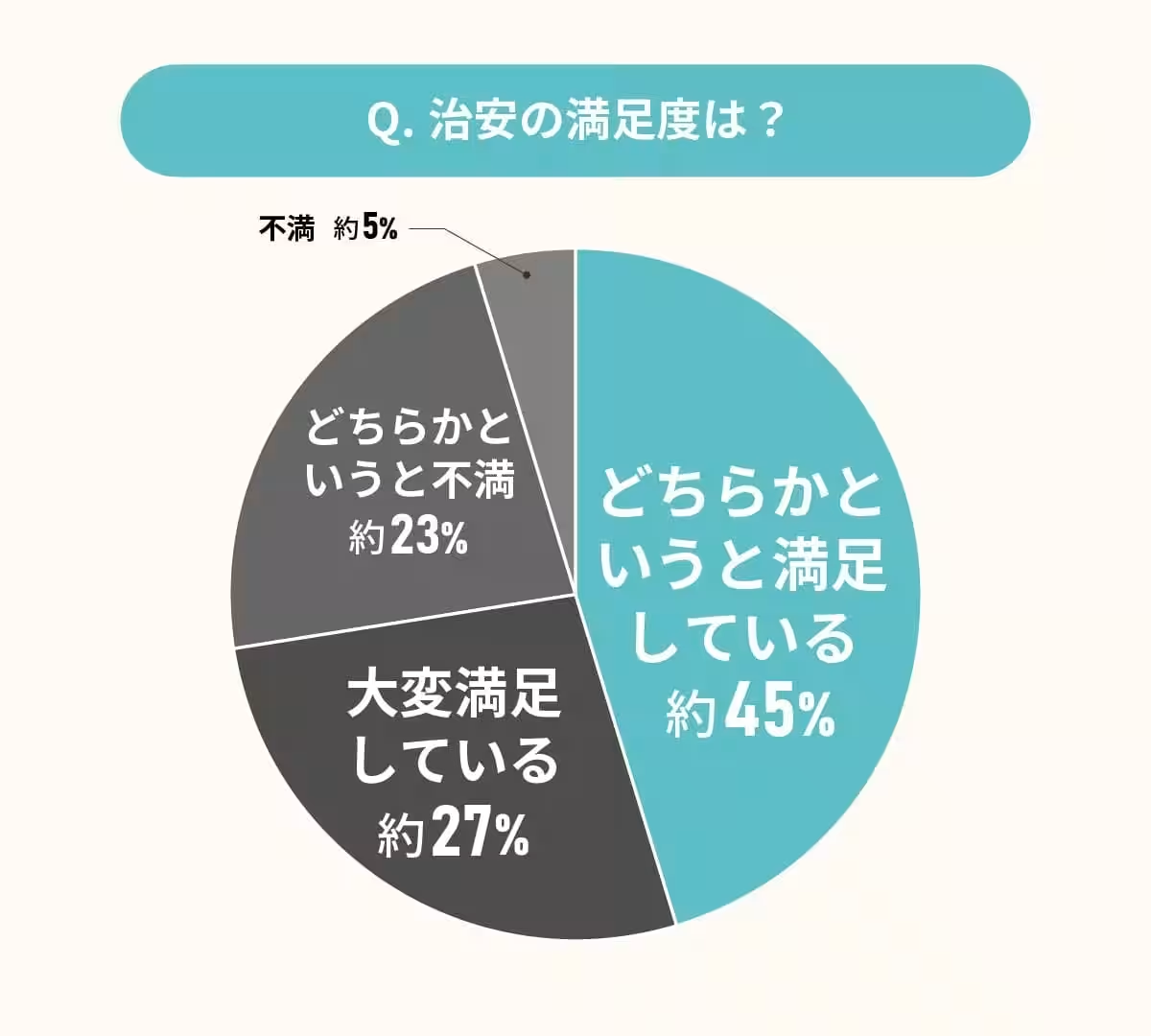
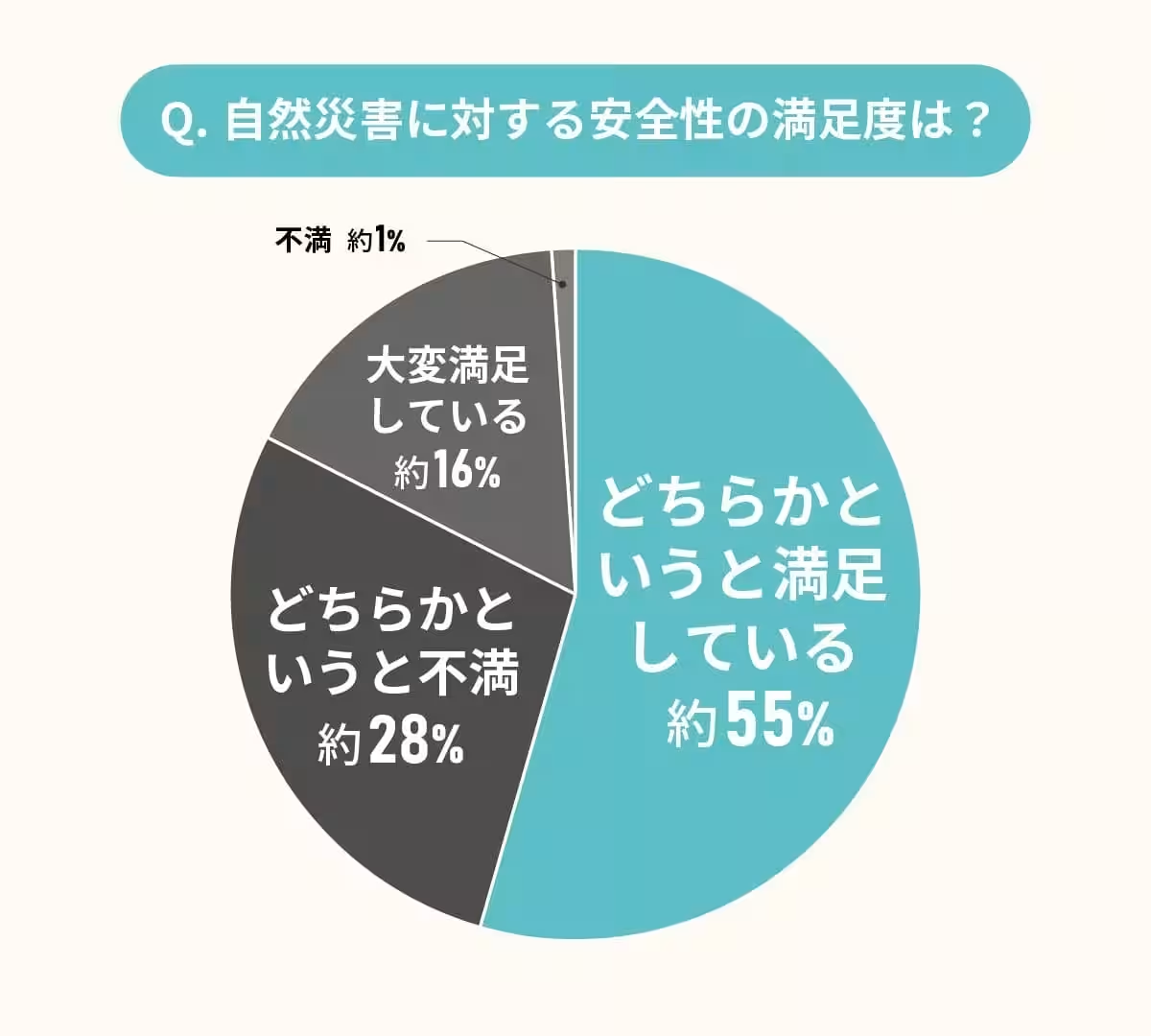
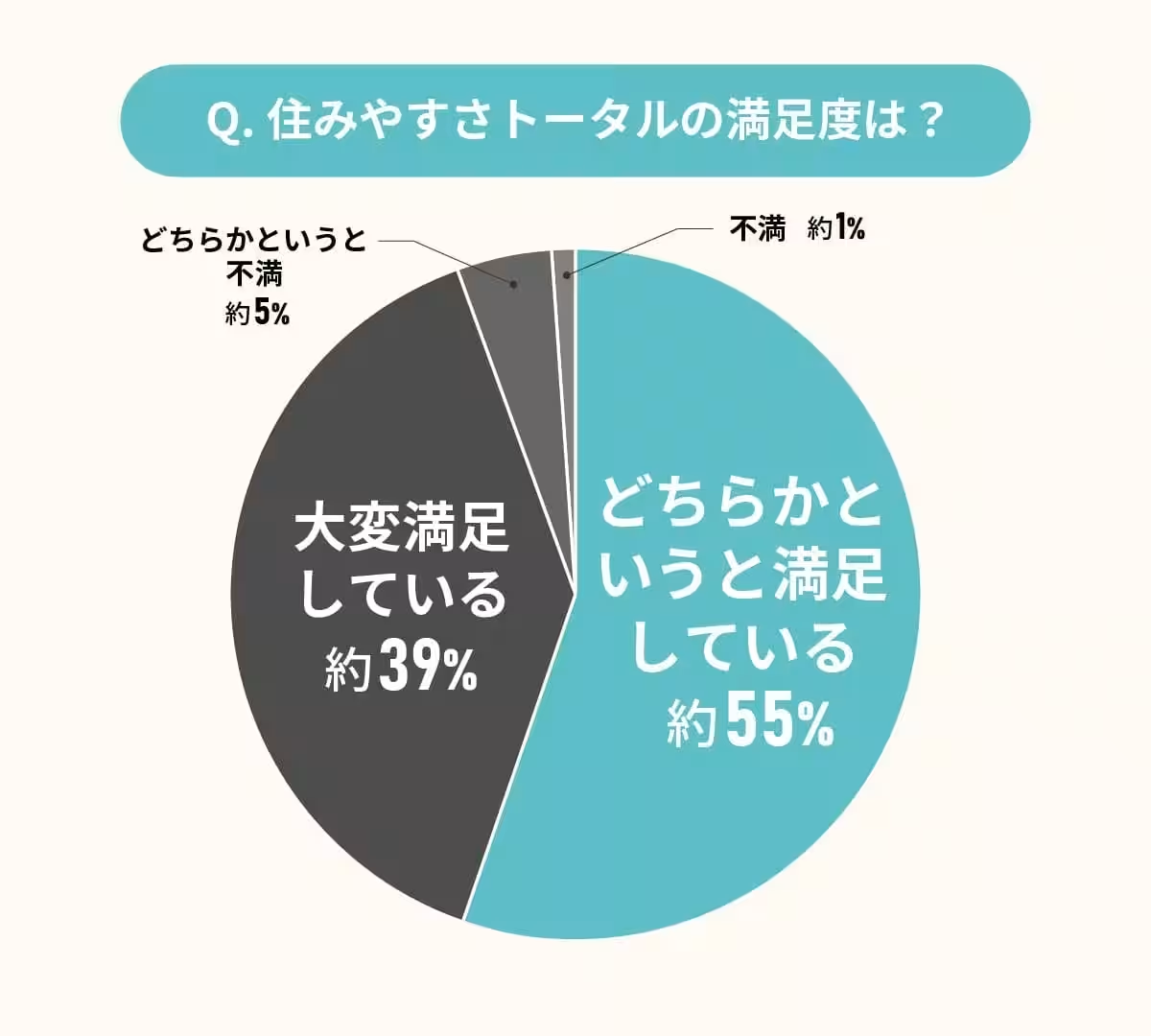
Topics Consumer Products & Retail)










【About Using Articles】
You can freely use the title and article content by linking to the page where the article is posted.
※ Images cannot be used.
【About Links】
Links are free to use.